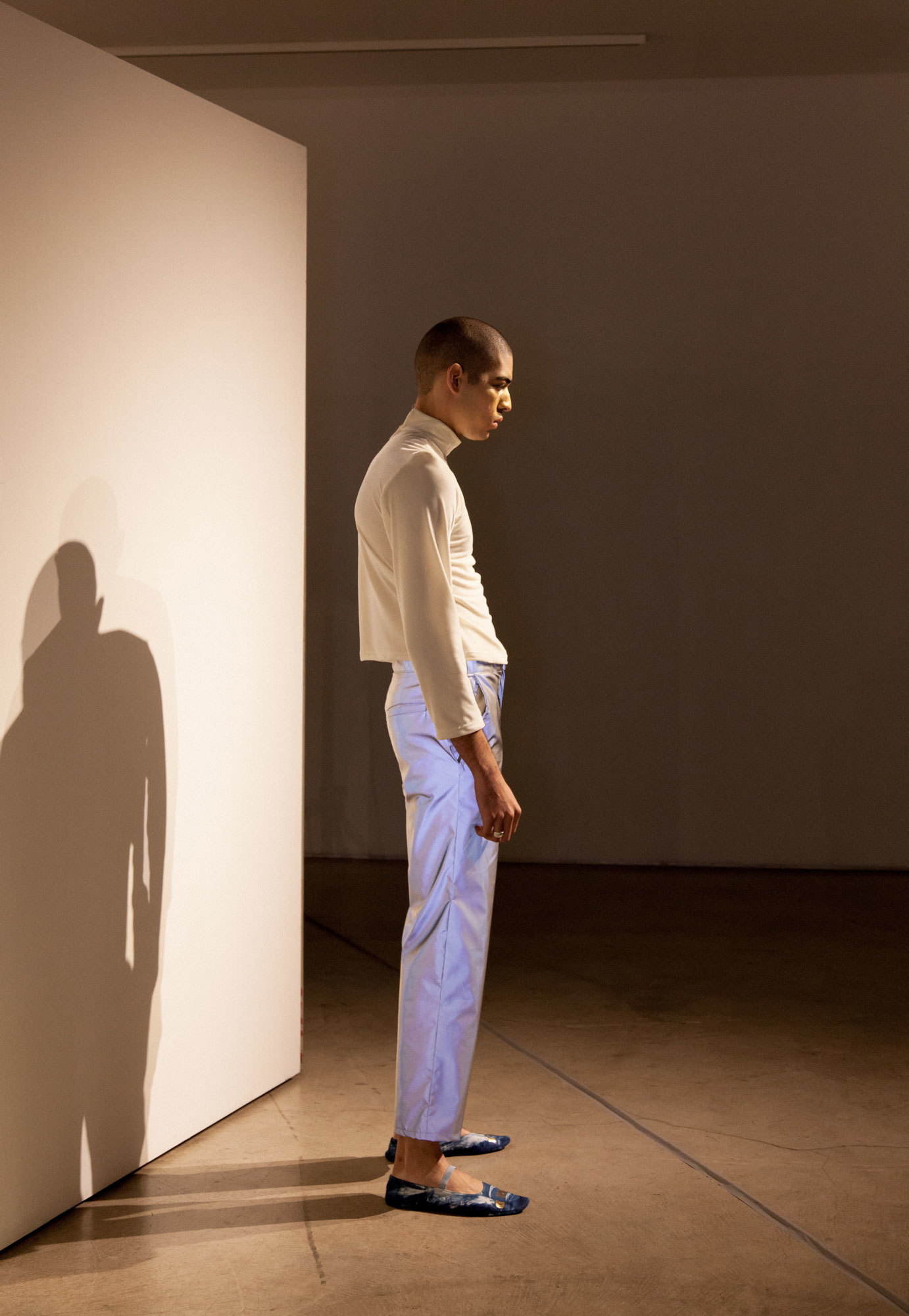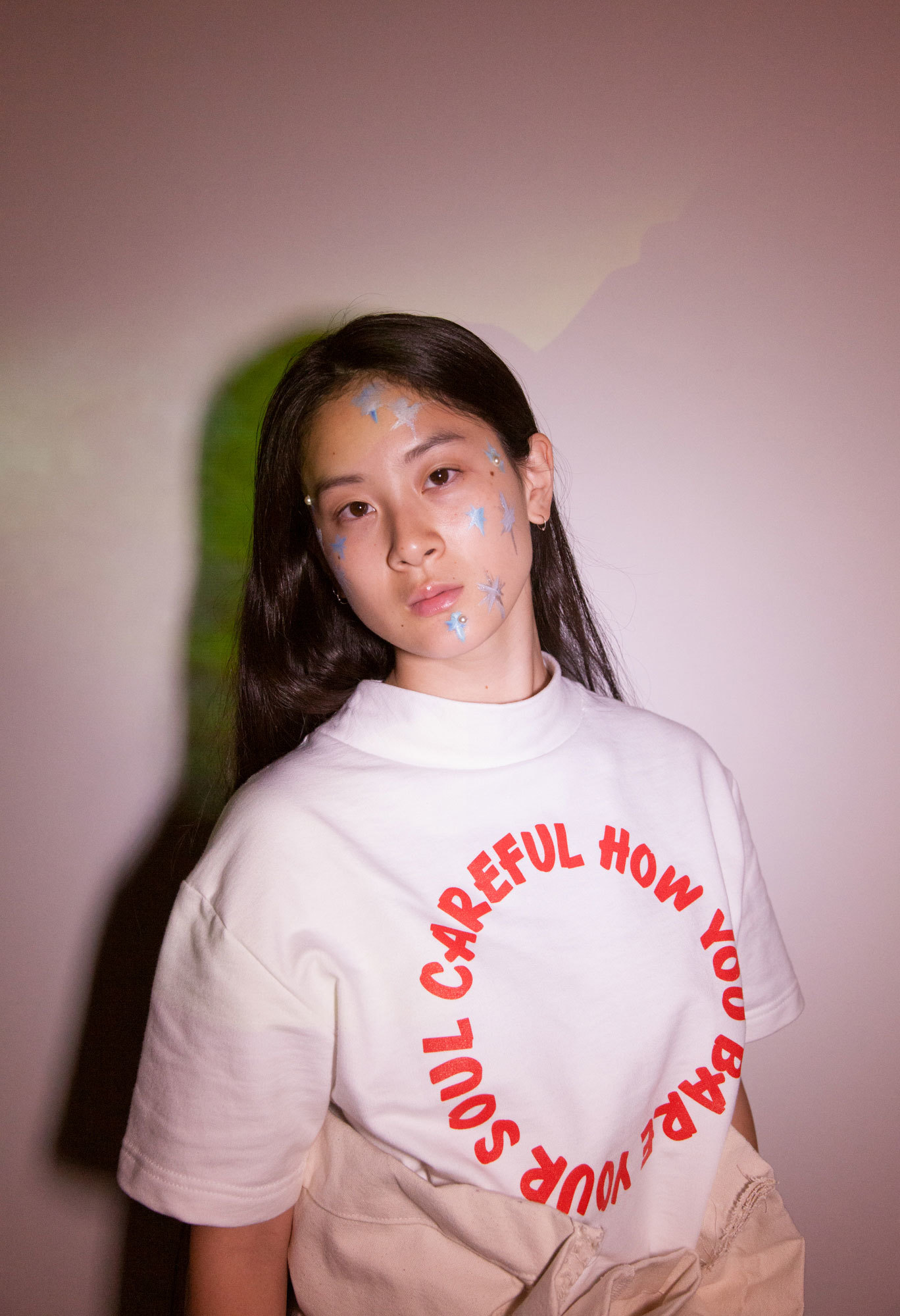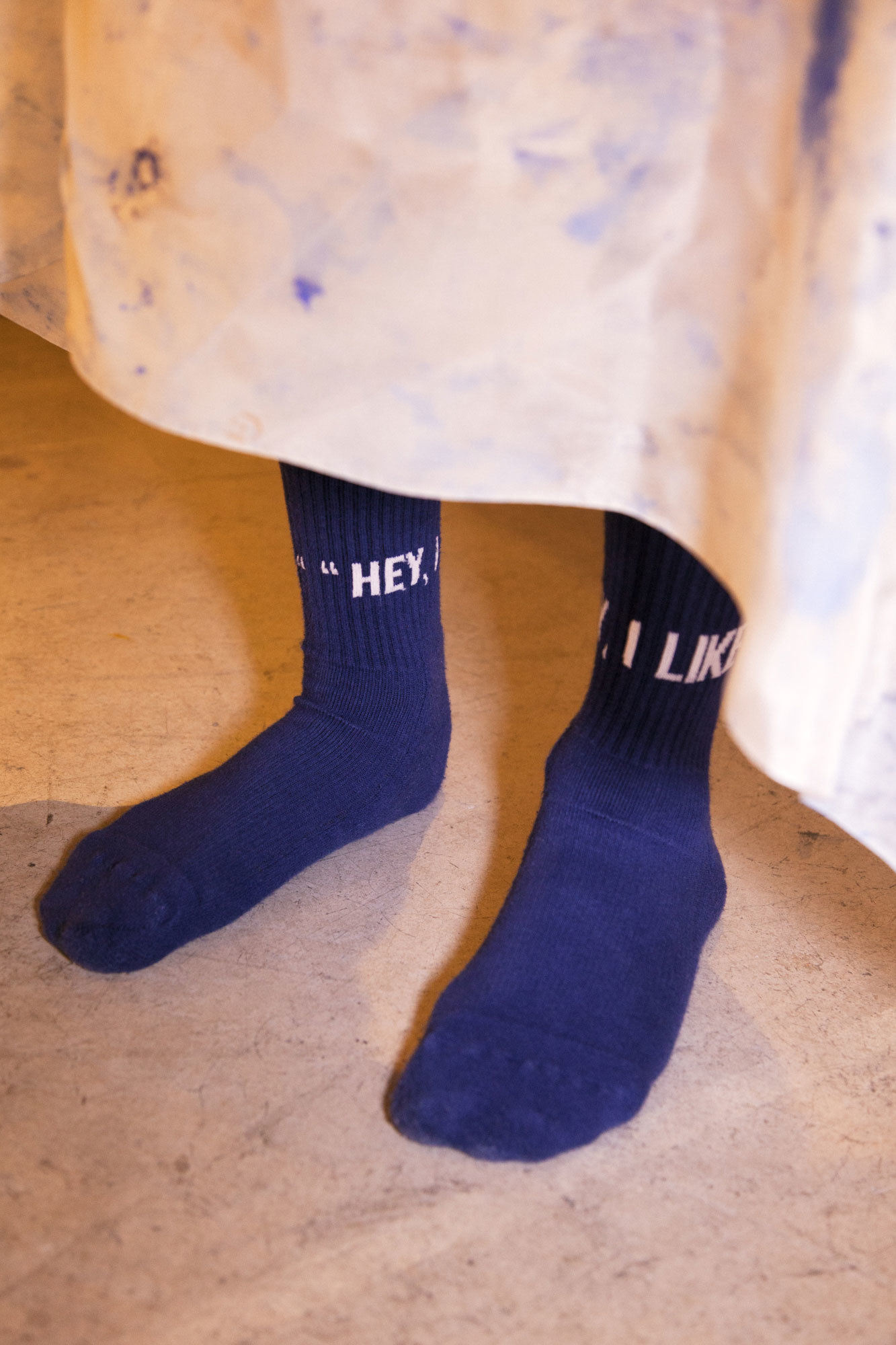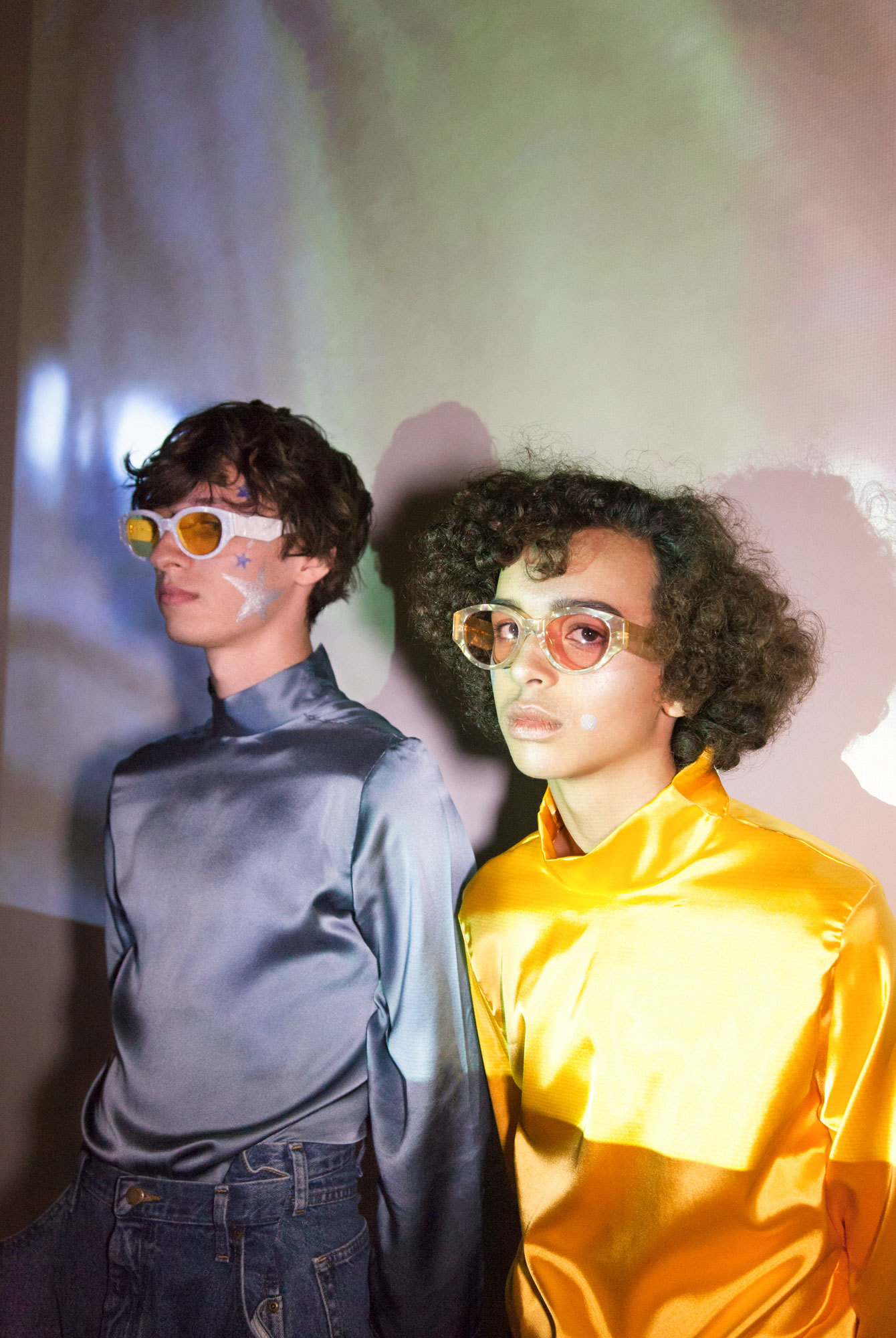Regardless of what you do in life, in the last month you have probably spent quite a large amount of your time online flicking through images from runway shows. Catwalk imagery from London, New York, Milan and Paris — armies of models looking straight into the camera — is one of the dominating visual tools for narrating fashion. Consuming these high budget spectacles is now a habit — but do they still have the creative power to move us?
First established as a practical way to present clothes in motion, over the years runway shows evolved into an artistic and political platform. It’s been elevated to the state of performance by the non-conforming masters of fashion: from the Maison Margiela show in a derelict Paris playground with local kids filling the front row in 1989, to Alexander McQueen’s glass-box lunatic asylum for spring/summer 2001, to Rick Owens’s earth-shaking step dancer performance for spring/summer 2014.

Catwalk shows today still retain their spectacular appeal, yet more and more young designers are not ready to pay the exceedingly high price. Video, online presentations, parties and art projects which can be undertaken on and off the fashion week calendar are a preferred choice for emerging brands. And even though we still enjoy watching blockbuster runways from Chanel or Vuitton online, somehow this accessibility only widens the gap between our lives and fashion performance. Getting over this feeling of detachment was one of the reasons artist Julian Klincewicz decided to stage a show in the place very far away from the fashion capitals, in his native San Diego.
“I know that a lot of people of my generation in San Diego who have some experience and connection to the fashion world from places like Instagram and Tumblr, where it is constantly portrayed as ‘cool’, and that it can mean something substantial to them,” Klincewicz says. “So I wanted to do a runway show here to put that world and that kind of energy on display very directly, and give it to people who don’t necessarily have access to a New York Fashion Week runway show.”

The show staged at the San Diego Art Institute in Balboa Park was certainly not your usual runway in terms of models: Klincewicz cast his friends from LA and Japan, his mom, two of his teachers from school, and local skaters. Personal connection was the key — the show was the latest installment of Hey, I Like You, Klincewicz’s art project celebrating empathy and relationships between people and precious objects. Socks and sweatshirts with printed messages like “Careful How To Bare Your Soul,” sheer jumpsuits and silky tops were tokens of affection we often feel towards or through clothing. “The work looks at precious objects and human connections, so for me, putting on a Eckhaus Latta sweatshirt or a pair of jeans a friend gave me — these are a real way of experiencing both of those things, all day long,” Klincewicz explains.
“I think there’s also a bit of interest in performance for me. I love dance as an art form, it’s so involved and very real, so I think some part of me wanted to explore that in a way — being really conscious of how to present a piece of art that involved other people,” says Klincewicz. “I work a lot with fashion houses, and have a lot of friends who work in fashion, but not necessarily in San Diego; I remember getting to go to a Rodarte show when I was 18 or 19, and it totally blew my mind — like it actually changed my life in some way I think. So to maybe give that experience to someone in San Diego who doesn’t have access to that, it felt important to me.”

At the age of 21, Klincewicz has collaborated with Eckhaus Latta, Gosha Rubchinskiy, and Kanye West; he first got acknowledged in the fashion world for his filmmaking — shooting videos straight onto grainy VHS. He has since widened his creative horizon to installation and music, and was naturally attracted the interdisciplinary nature of the runway show. “It lets you work with a lot of different media: you can work with people, with fabric, with space,” he adds. “For the show I collaborated with my friend Viktor Sjöberg to create the soundtrack — to take people on a sort of sonic journey.”
The key, however, was the all-inclusive spirit of community and collaboration; the show’s finale had all the participants joining hands in a circle as an ultimate gesture of shared experience. “The finale was something I was thinking about even before I had the clothing. This body of work is about connection; I think everyone is special — everyone should be in love, and feel sweet, feel validated. But it’s hard to communicate that, or get people to understand that everyone deserves that, so for me, holding hands and running in a circle, somehow that’s the embodiment of that; a sense of joy, playfulness, a bit funny, very sweet, and community-based,” Klincewicz says.

San Diego, where he grew up mostly spending his days skateboarding, is the best place for a project connected to fashion, Klincewicz thinks. “Fashion is changing and becoming very utilitarian. you see this huge cross-pollination and fetishization of skate culture, for instance, which is very San Diego,” he adds, citing vogue.com’s Skate Week. “Examining that cross-over and highlighting parts of it in a sincere way, in a place that is authentic to that culture, seems important to me.”
In the end, Hey, I Like You manifests an awareness of something fashion still often lacks: community, diversity, authenticity, and inclusive character. It’s also — with all its positive creative energy — very punk. It says, even though the runway is still dominated by fashion industry giants, you can do it too. All you need is a handful of friends and a message.

Credits
Text Anastasiia Fedorova
Photography Daria Kobayashi Ritch
